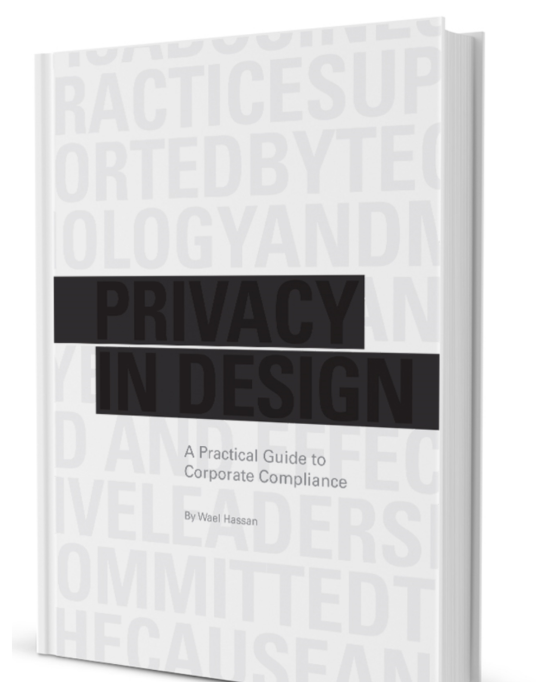A tort recognized by the Ontario Superior Court of Justice last month expands privacy protections for Canadians by adopting a well-established US cause of action.
Torts are an essential element of common law. A tort is a wrongful act or injury that leads to physical, emotional, or financial damage to a person, for which another person can be held legally responsible. Torts may be either intentional or unintentional (a tort may be caused by negligence, for example). Law in this area usually develops through legal precedent, as decisions by the highest courts expand the scope and application of a tort.
The Ontario case, V.M.Y. v. S.H.G., concerned cyberbullying of a particular nature: in an ongoing campaign of harassment, a father posted images, petitions, and videos of his ex-wife and her parents, along with comments that accused them of numerous illegal acts, including kidnapping, child abuse, assault, and fraud.
The tort, new to Canadian law, is that of “publicity placing a person in a false light.” The court found that “the wrong is in publicly representing someone, not as worse than they are, but as other than they are. The value at stake is respect for a person’s privacy right to control the way they present themselves to the world.”[1]
This tort is already well-established in courts in the United States. Indeed, over recent years, three of four key US privacy-related torts have been adopted into Canadian law. These common-law torts, originally cataloged by American jurist William L. Prosser, are:
- Intrusion upon seclusion or solitude or private affairs;
- Public disclosure of embarrassing private facts;
- Publicity which places the plaintiff in a false light in the public eye; and
- Appropriation, for the defendant’s advantage, of the plaintiff’s name or likeness.
The first three have been adopted in Canada in the following decisions:
| Tort | Case | Jurisdiction and year |
| Intrusion upon seclusion | Jones v. Tsige | Ontario, 2012 |
| Public disclosure of private facts | Doe v. ND | Ontario, 2016 |
| False light | V.M.Y. v. S.H.G. | Ontario, 2019 |
All three Canadian decisions referenced Prosser’s work.
As I pointed out in my book Privacy In Design: A Practical Guide to Corporate Compliance (page 62):
Liability in these four US privacy torts often hinges upon whether the violation can be considered “highly offensive to a reasonable person.” It isn’t always easy to predict how broadly this category may be defined by a US court, but following prior judgements, certain trends can be noted:
- “Highly offensive” actions include: snooping into mail, secretly recording conversations, illegally accessing financial records, disclosure of autopsy photos or medical data, and disclosure of debts.
- “Not highly offensive” actions include: disclosure of reputation-enhancing information, union membership, non-embarrassing facts, minor injuries, or information that causes “minor and moderate annoyance.”
The court in V.M.Y. v. S.H.G. followed the US definition of the tort by hinging culpability of whether or not the act in question is “highly offensive.” Justice Kristjanson wrote: “It is enough for the plaintiff to show that a reasonable person would find it highly offensive to be publicly misrepresented as they have been.”[2]
This case is a victory for privacy rights in Canada. Those who use the Internet to harass others have had their wings clipped; this case and the tort it creates expand the legal remedies available to their victims.
Privacy In Design: A Practical Guide to Corporate Compliance (2019) is available on Amazon: https://www.amazon.ca/dp/B07S9Q2CYZ/ref=cm_sw_em_r_mt_dp_U_fVonEbWHGC7ZS
[1] V.M.Y. v. S.H.G., [2019] O.J. No. 6702.
[2] Ibid.
